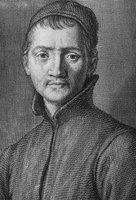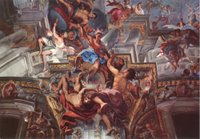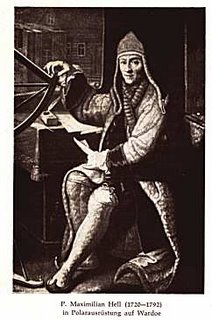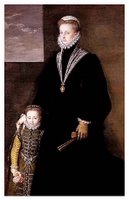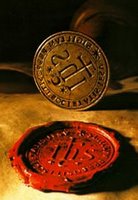102. How Many Lunar Craters are Named After Jesuits?
 At least thirty-five (35). From the 1600's up to the present, Jesuits can be found in the sciences and their various applications. Not least among this field is astronomy where at least 35 Jesuits have made significant contribution to the understanding of the physical universe and the advancement of scientific knowledge. From Mario Bettini (1582) of Italy until Paul McNally (1955) of the U.S., Jesuits have shown that faith and science need not necessarily clash but can enhance one another in our continued search for who we are and what is our mission here on earth.
At least thirty-five (35). From the 1600's up to the present, Jesuits can be found in the sciences and their various applications. Not least among this field is astronomy where at least 35 Jesuits have made significant contribution to the understanding of the physical universe and the advancement of scientific knowledge. From Mario Bettini (1582) of Italy until Paul McNally (1955) of the U.S., Jesuits have shown that faith and science need not necessarily clash but can enhance one another in our continued search for who we are and what is our mission here on earth.| NASM name | latitude | longitude | diameter | |
| Bettinus | 63.4s | 315.2e | 71.4 km | |
| Billy | 13.8s | 309.9e | 45.7 km | |
| Blancanus | 63.6s | 338.5e | 105.3 km | |
| Boscovich | 9.8n | 11.1e | 46.0 km | |
| Cabaeus | 84.9s | 324.5e | 98.4 km | |
| Clavius | 58.4s | 345.6e | 225.0 km | |
| Cysatus | 66.2s | 353.9e | 48.8 km | |
| De Vico | 19.7s | 299.8e | 20.3 km | |
| Fenyi | 44.9s | 254.9e | 39.0 km | |
| Furnerius | 36.3s | 60.4e | 125.2 km | |
| Grimaldi | 5.2s | 291.4e | 410.0 km | |
| Gruemberger | 66.9s | 350.0e | 93.6 km | |
| Hagen | 48.3s | 135.1e | 55.5 km | |
| Hell | 32.4s | 352.2e | 33.3 km | |
| Kircher | 67.1s | 314.7e | 72.5 km | |
| Kugler | 53.8s | 103.7e | 65.8 km | |
| Malapert | 84.9s | 12.9e | 69.0 km | |
| Mayer | 63.2n | 17.3e | 38.0 km | |
| McNally | 22.6n | 232.8e | 47.5 km | |
| Moretus | 70.6s | 354.5e | 114.4 km | |
| Petavius | 25.3s | 60.4e | 176.6 km | |
| Riccioli | 3.0s | 285.7e | 145.5 km | |
| Riccius | 36.9s | 26.5e | 70.6 km | |
| Rodes* | 23.0n | 283.0e | | |
| Romana* | 21.0s | 33.0e | 33.6 km | |
| Scheiner | 60.5s | 332.2e | 110.4 km | |
| Schomberger | 76.7s | 24.9e | 85.0 km | |
| Secchi | 2.4n | 43.5e | 22.7 km | |
| Simpelius | 73.0s | 15.2e | 70.4 km | |
| Sirsalis | 12.5s | 299.6e | 42.0 km | |
| Stein | 7.2n | 179.0e | 33.7 km | |
| Tacquet | 16.6n | 19.2e | 6.6 km | |
| Tannerus | 56.4s | 22.0e | 28.6 km | |
| Zucchius | 61.4s | 309.7e | 64.2 km | |
| Zupus | 17.2s | 307.7e | 38.0 km | |
* Not found in (NASM) catalog but is in the1960 Wilkins Moon Map
The map and charts are taken from page 74 of Jesuit Geometers by Joseph MacDonnell, S.J. of Fairfield University. This book concerns the impact the 56 most prominent pre-Suppression Jesuit geometers had on the development of mathematics and science. It is published jointly by the Publications of the Vatican Observatory and The Institute of Jesuit Sources .
For a complete bio of each Jesuit, visit this highly informative site:
http://www.faculty.fairfield.edu/jmac/sj/scientists/lunacrat.htm
Recently, a Filipino astronomer, Fr. Victor Badillo, was honored by the International Astronomical Union (IAU) by having an asteroid named after him.
